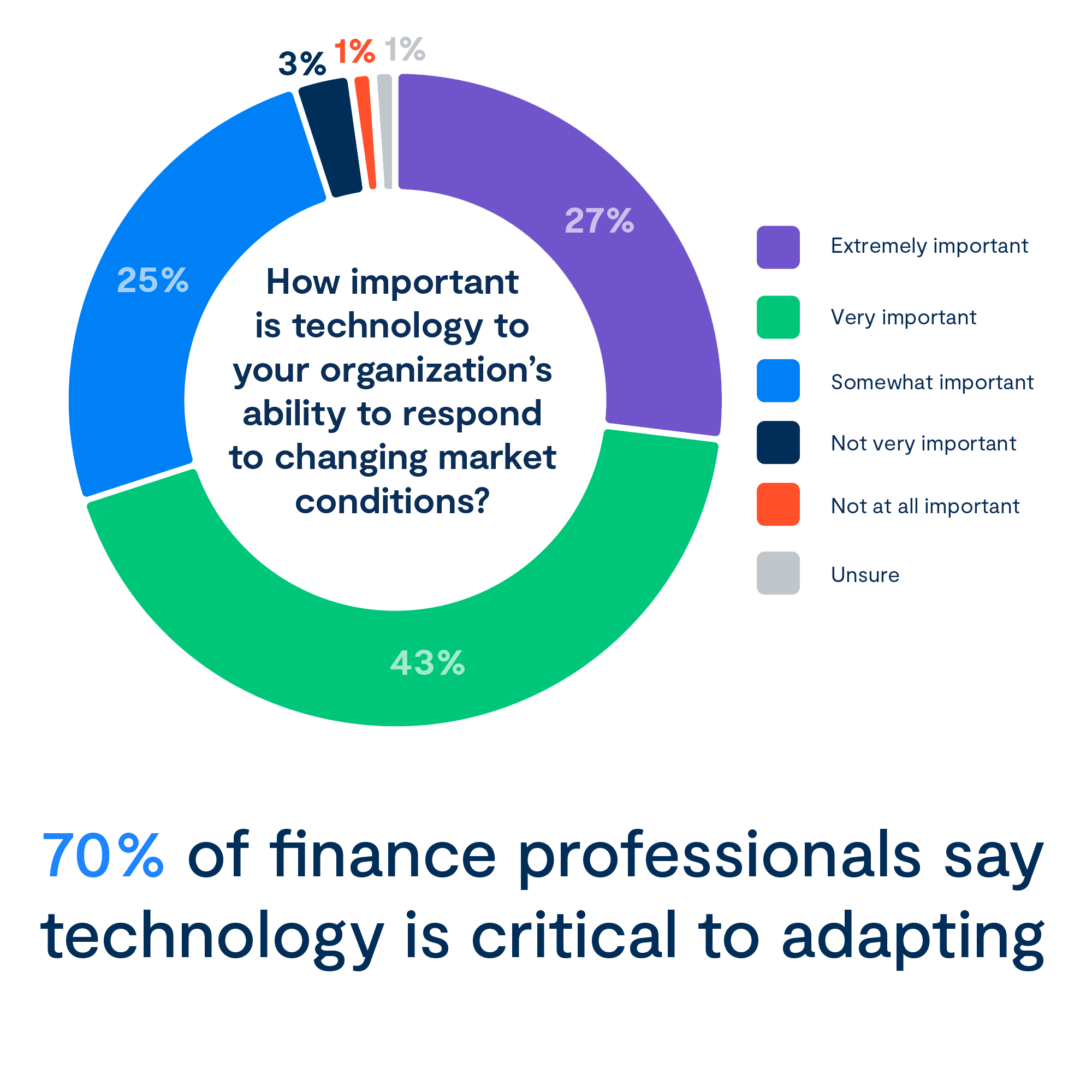Some taxpayers are living in a parallel tax universe. Reason: They have to contend with the alternative minimum tax (AMT), a complex tax calculation that runs parallel to your regular tax computation. After you compare the results at tax return time, you effectively pay the higher of the two.
Despite recent favorable tax law changes, you could still be stuck paying the AMT for 2020. If that’s the case, you may want to implement an unusual year-end strategy.
Background: There are several critical differences between the two tax universes. With the regular income tax system, you add up your total income, subtract various deductions to find the amount of taxable income and then figure out the tax. Currently, the graduated seven-rate structure for individuals features a low of 10% and a high of 37%. The tax liability may be reduced still further though tax credits.
On the flip side, the AMT calculation involves a radically different income computation and just two tax rates. Briefly stated, you arrive at AMT liability by making various adjustments and adding back certain items into income, including so-called “tax preference items,” then subtracting an AMT exemption based on filing status, and finally multiplying the result by the appropriate tax rate. Note that the AMT exemption for upper-income taxpayers is subject to a phase-out.
For 2020, the lower AMT tax rate of 26% applies to AMT income up to $197,900. The higher 28% AMT rate applies above the $197,900 threshold.
Changes for the better: Among other provisions in the massive Tax Cuts and Jobs Act (TCJA) for 2018 through 2025, the AMT exemption amounts were increased, as were the income levels where the AMT exemption begins to phase out, and certain preferences were eliminated or scaled back. As a result of the TCJA changes, millions of taxpayers no longer have to pay the AMT.
What can you do now? Have a preliminary assessment made at the end of the year.
Depending on the outcome, you may be completely in the clear. Alternatively, by delaying or bypassing certain tax preference items, you might be able to reduce or even eliminate AMT liability. And, in the event you can’t completely avoid the AMT this year, consider this—
Reverse tax strategy: Instead of trying to postpone taxable income, as is often recommended, an upper-income taxpayer may want to accelerate taxable income into the current year. For instance, you may arrange to receive a year-end bonus in 2020 instead of 2021. Tax payoff: Instead of paying tax at a 35% or 37% rate, the extra income you receive in 2020 is taxed at a rate no higher than 28%.
The tax savings could be worth the trade-off of paying tax on the income a year early—especially you don’t expect to have AMT liability next year.
Practical advice: Don’t make assumptions either way. Have your professional tax advisor crunch the numbers at year-end to see where you stand. Then you can adopt the best approach for your situation.
Thanks for reading CPA Practice Advisor!
Subscribe Already registered? Log In
Need more information? Read the FAQs




